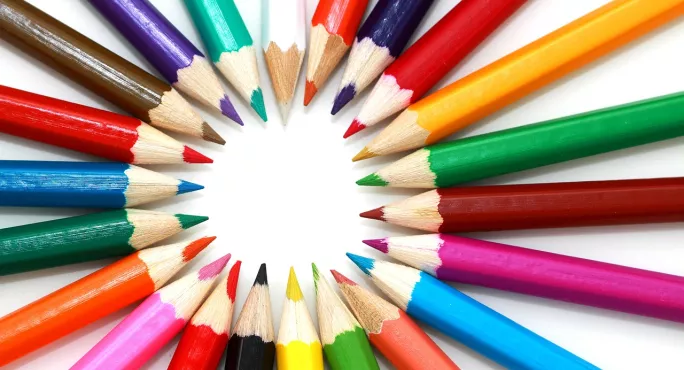- Home
- How Covid-19 has shown us the power of the arts
How Covid-19 has shown us the power of the arts

When lockdown began in Malaysia and we were faced with restricted movement, my husband started to draw.
His first attempts were simple yet the act provided satisfaction and, more importantly, motivation. Since then he has created hundreds of pieces, discovering an incredible talent that he had no idea he possessed. He now draws daily and his work is gaining excellent feedback and recognition.
Inspired by her father trying something new, my young daughter decided to teach herself to play the piano via YouTube. She has determined vigour for repeated practice and within 12 weeks was playing full pieces. That same sense of satisfaction and pride is tangible.
Coronavirus: Inspired to try creative pursuits
As I speak to more people, I hear a similar tale; people, young and old, with unexpected changes in circumstances, are turning to creativity for work and relaxation, and even making money.
No one is teaching them, but they are thinking differently, trying and failing and exploring options. They are discovering new abilities, quickly adapting and “thinking outside the box”.
It struck me that these are the very same skills that we say are important for a “rounded student”.
The arts squeezed out in schools
Yet over the years, the arts have been marginalised in schools. Despite still being within the curriculum, the so-called “soft subjects” have been gradually squeezed out of timetables to make room for core subjects and booster classes.
And I get it, I really do. The pressure on schools to meet set attainment targets, improve league table positions and growing academic expectations from parents means school leaders are almost forced to make choices that, pedagogically, they might not believe in.
However, 2020 has brought a new perspective to creativity. I believe we need to place a greater emphasis on the arts if our students are going to thrive (and survive) in the post-Covid world.
Managing emotional wellbeing
The relationship between the arts and mental health is well documented and we are seeing more evidence-based creative therapy interventions for mental health issues, such as anxiety and depression.
There is also growing evidence that the arts can promote good mental health. Cognitive neuroscientists found that creating art reduces cortisol levels (markers for stress) and induces positive mental states.
If we know that the arts can affect our emotions in healthy ways and make us feel good - in a high-impact, low-stakes way - then they should feature as one of the priorities for our students.
Improved outcomes for academic subjects
We would be naive to think that academic and creative skills are exclusive of each other. Studying the asrts can have an impact on maths, reading and writing, and research shows increased achievement in numeracy and literacy skills.
And it makes sense: spatial awareness, pattern, composition, audience and purpose, improvisation - these are all skills that we promote in maths and English.
Yet, within the arts, children can practise these within a much lower-stakes environment where the lines between right and wrong are “artistically” blurred.
This crossover is something that we should stop ignoring and instead champion and embrace.
Higher levels of engagement and confidence
As part of my role, I have maintained art lessons to my students via remote learning.
Knowing that most households are not packed with art resources, I provided activities requiring just a pen and a piece of paper.
Despite the simplicity, the feedback has been overwhelmingly positive, with student attendance - and completion of work - high.
Children are extending their own learning by continuing their pieces off timetable, using the resources in their homes that are available, and having success.
Parents are reporting increased levels of engagement, less demand for screen time and a sense of achievement and satisfaction from their children.
Inclusively accessible
The US National Endowment for the Arts found that socially and economically disadvantaged children who have high levels of arts engagement show more positive outcomes in a variety of areas than their low-arts-engaged peers.
If, then, we want the best outcomes for all our students, we need to raise the profile of the arts among our peers.
If teachers and, of course, school leaders can recognise the value of the arts, then perhaps they will fight harder to keep them in place.
We know that universities and employers are looking for more than a set of grade 9s or A*s on a CV. They want literate, knowledgeable people who are also creative, confident problem solvers.
The arts can contribute to this, so giving children as much exposure to them as we can is vital.
Creativity counts. Let’s put art back its box - on a weekly timetable!
Rebecca Findlay is the primary head at a large international school in Kuala Lumpur
Keep reading for just £1 per month
You've reached your limit of free articles this month. Subscribe for £1 per month for three months and get:
- Unlimited access to all Tes magazine content
- Exclusive subscriber-only stories
- Award-winning email newsletters
